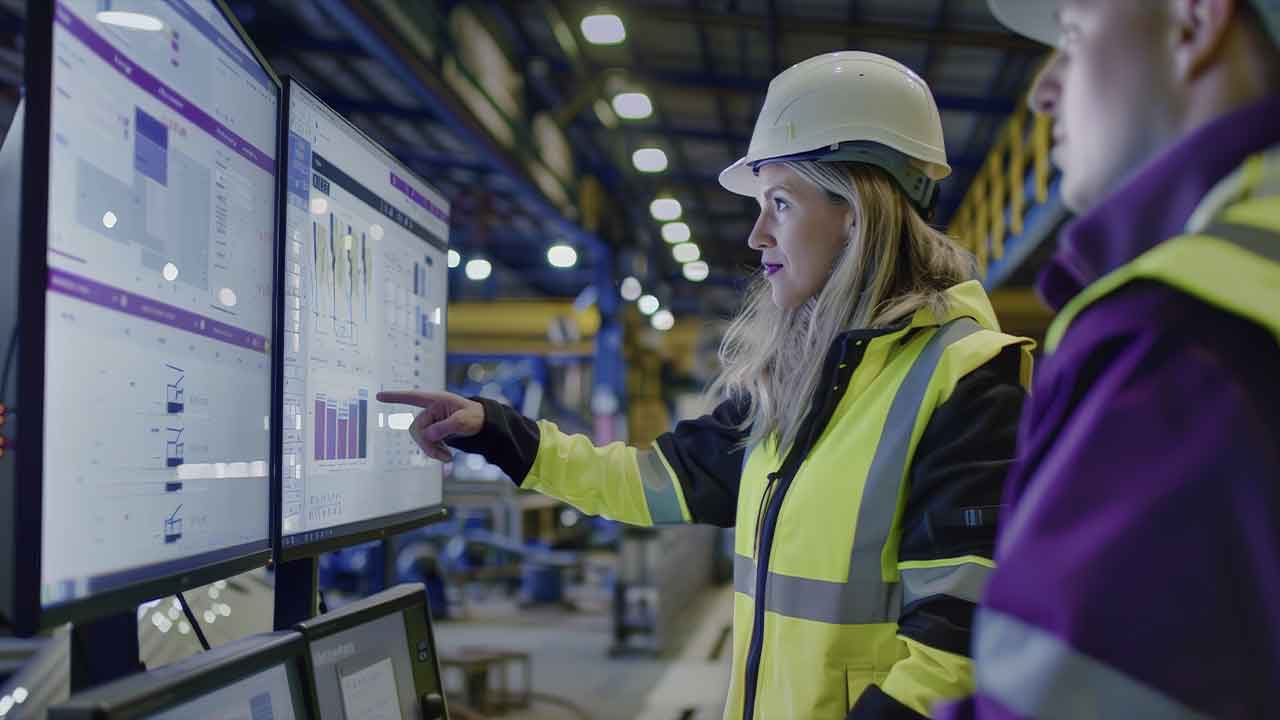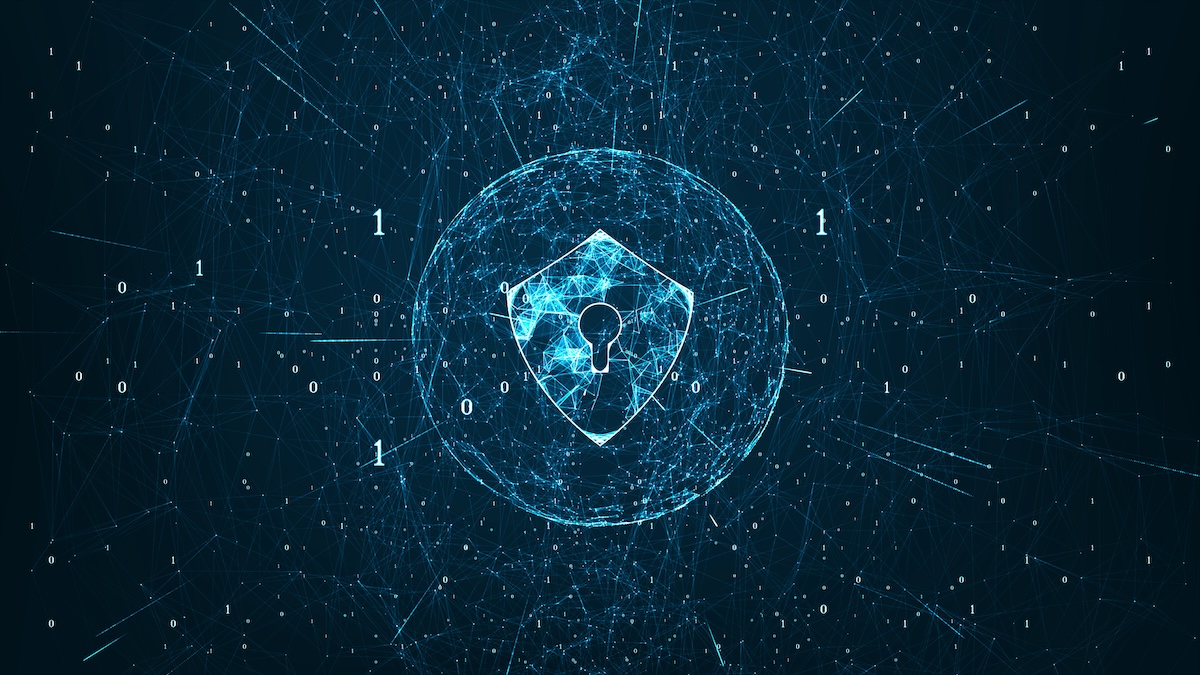Aggregating IT/OT Data Does Not Equal Convergence
Earlier this year, a colleague of mine and I were on our way to the IoT Solutions World Congress in Barcelona.
Although we made our connecting flights, a couple of minutes after deplaning, we received emails and texts from the airline informing us that our luggage was not on the plane. The text then asked us to submit our baggage descriptions into the airline app that it linked us to.
Then things got interesting. After submitting our information, the airline’s baggage clerk advised us to visit the airport’s baggage “claims office,” which is managed by a third-party firm, to actually track down the bags. When we arrived at the office, the person behind the counter handed us a hard copy paper form that required all the same information we had just reported to the airline.
The irony that we were facing a classic data convergence problem on the way to an IoT conference wasn’t lost on us. This was a data interoperability and digital transformation problem at its very core. The third-party baggage tracking station wasn’t a fully “digital” operation, since it asked us to fill out paper forms.
A fully digital operation would have made this extremely easy and efficient. The baggage tracking station could have accessed (with permission) the data from the airline and integrated and contextualized our baggage info. A simple SQL query with the appropriate tags could have ensured that they were only pulling information related to our baggage tags. The ingested data from the airline’s database and minor reformatting at the destination (what we in the industry call Extract, Transform, Load – or ETL) would have populated the baggage claim office’s records with the information we had already provided the airline in seconds – once and done.
A recent 451 Research Report commissioned by Hitachi Vantara1 revealed that out of more than 600 IT and OT personnel, 57% believed their IT and OT departments “cooperate closely.” The flip side is that this means that 43% say their departments are working together “as needed” or worse.
That the IoT information about the live positioning of our bags wasn’t blended with airline’s ERP-related baggage data is harsh reality of the continued IT/OT divide and its impact on customer experiences. Despite the progress and each department’s best intentions, common data interoperability problems, some decades in the making, persist.
Convergence and Contextualization are Key
A very similar situation plays out in many of the verticals we serve at Hitachi Vantara – industrial manufacturing, energy and utilities, rail/air/EV fleet transportation, smart spaces, and more.
At a completely different IoT event recently, ARC Industry Forums Americas 2022, a manufacturer shared a story about how its IT department needed to move production floor data to a data lake in the cloud. It was important and the OT line of business department agreed that it was the right thing to do. However, the move caused several unforeseen problems; it introduced latency and firewall issues, and operational staff lost the ability to control and handle critical machines on the plant floor.
At the ARC conference I heard other stories about how IT and OT are collaborating but missing critical contextual data and not understanding each group’s needs. For instance, OT departments’ tickets were routinely getting closed by IT without finding a root cause and corrective action. Or, in other instances, OT personnel were implementing local connectivity (Bluetooth, Wi-Fi, RFID) that would raise IT’s eyebrows on security without telling IT. I won’t go into the other painful details because no doubt you have your own, but the takeaways are clear:
- It’s necessary to define what convergence and success looks like for all parties involved: the business, the IT department, and the OT department before undertaking a data project.
- Data doesn’t belong to either IT or OT: both sides need it, and both sides are responsible for securing access to it.
- There needs to be a shared ongoing understanding of operational urgency and prioritization to improve intra-departmental trust.
The reality is we’re still a ways off from IT/OT utopia. In fact there are multiple shifts that need to happen, both culturally as well as operationally, to accelerate the convergence. OT personnel need reliable, easy and timely access to data and functionality to ensure the business runs smoothly. OT cybersecurity is a real threat. IoT device and cloud connectivity means the need for collaboration between OT and IT departments is greater than ever.
Still wondering about our bags? The good news was by the time we had landed, our bags had already been placed on the very next flight which had already departed. Our bags were just a couple of hours behind us. Hopefully, the next step change in ITOT convergence isn’t far behind.
Originally the article was published here.
1Source: 451 Research, part of S&P Global Market Intelligence, Industry 4.0: Maturity of Adoption and Its Impact on Sustainability and ESG, Discover Report, August 2022



